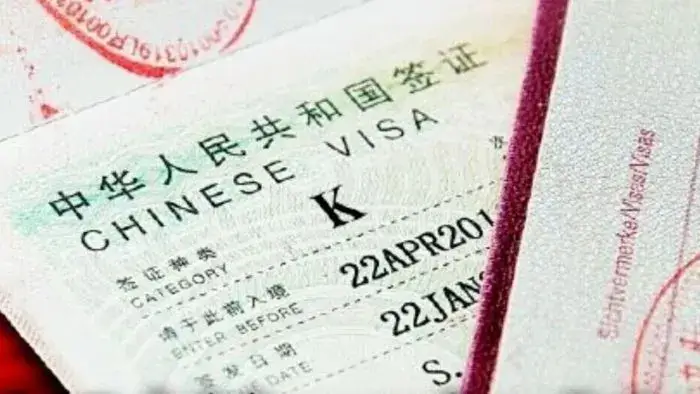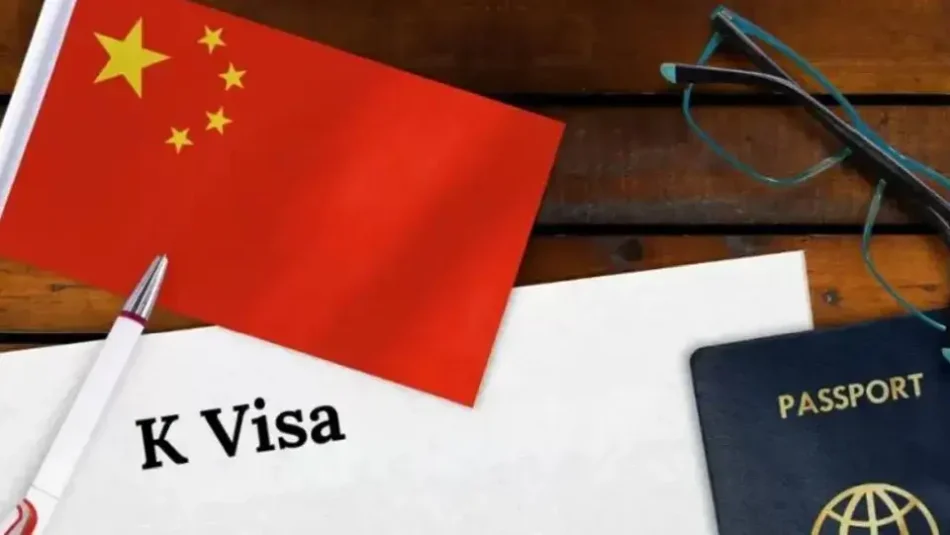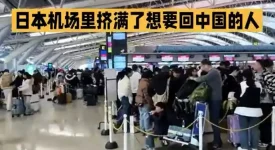A few months ago, China announced the introduction of a new K type visa, designed specifically for foreign young technology and science candidates.
Clearly eager to fill the gap in the hole being left by the US’s turn towards fascism and regressive attitudes, China has been considering a strategy to attract the best talent that would once have been extremely eager to move their lives to the US, but now finds the destination a potential nightmare considering how immigrants are being treated.
Some have called it China’s H-1B visa, a Chinese version of the US visa that so many technology and science talents use to find work in the US.
However, support locally has been mixed, as many have the opinion that there is already a healthy surplus of educated domestic talent in China, already competing heavily to secure work in some overheated parts of the job market.
The full details of the visa have still not been released, and whilst the release date was announced for the 1st of October, this has been delayed for revision.
The Chinese government has said that it applies to individuals working in STEM fields – science, technology, engineering and mathematics, describing it as a visa for “exchanges related to education, science and technology, culture, as well as entrepreneurship and business activities”.
Applicants for the K visa should be those “who have graduated from well-known universities or research institutions in China or abroad with a bachelor’s or higher degree in a STEM field, or who teach or conduct research work at those institutions”.
Chinese media outlets were discerning to point out that the visa is not a simple work permit, that it has high levels of requirements and wouldn’t lead to a large influx of foreign workers who might displace natural-born Chinese citizens.
More details about the visa scheme will in time be released to Chinese embassies and consulates abroad, although there is no firm timeline at this point.

Language is quite a large barrier for a lot of foreign experts to consider when taking up moving to China, and this will limit the extent of this scheme. Many foreigners experience culture shock upon moving to China, and don’t manage to live there for more than a year or two easily, either missing their home country too much or finding themselves isolated by their inability to master the Chinese language.
As of this summer, China had visa exemption agreements with 75 countries to streamline the process for foreign tourists. China’s strategy to attract top academics has for years been incredibly successful in leading many high-profile scholars to leave US institutions and join Chinese universities as mentioned in our other article: Tech talent returning to China.
As the US retreats from global influence, China is keen to take its place, and the K visa announcement makes it clear how China is strategically planning such a move by organising incentives and enacting long-term plans in order to overtake the US’s lead in technology and science.
While there is some worry domestically that this continues the trend of preferential treatment offered to foreigners in China, ultimately this strategy has been made to strengthen China whilst increasing the opportunities for Chinese citizens, rather than to displace them.
In contrast the United States government seems to be doing everything it can to weaken the US, to reduce opportunities for their citizens, to increase their hardship, to spread fear and to gather more and more power in order to reign down authoritarianism on its populace.
No doubt these two ideologies will continue to clash, and their trajectories continue to illuminate their paths.








